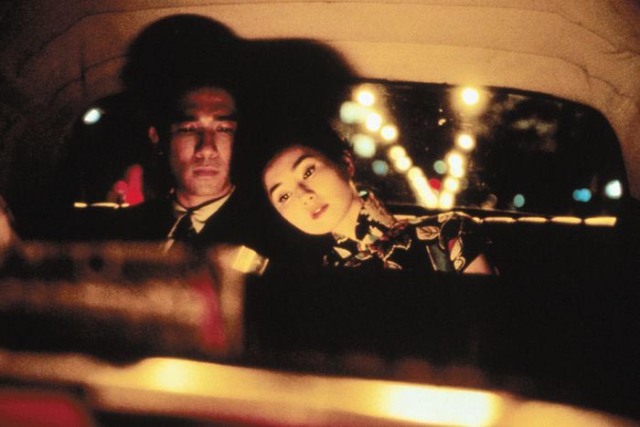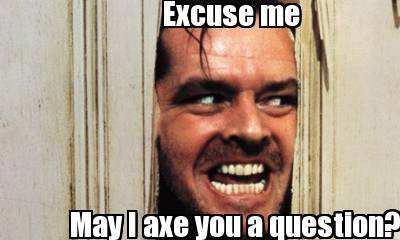There is a peculiarity infested in the acting that comprises David Lynch’s 2001 neo-noir Mulholland Drive. The actors’ performances/personae teeter on the edge of near-parody: their inflections are exaggerated, smiles are zealously widened and not one character is who he/she professes or (most importantly) longs to be. Naomi Watts—for I’ve refused to call her “Betty” or “Diane” or even “Sandy” (perhaps, Lynch is giving us a throwback to his other noir, Blue Velvet?)—is either the excessively annoying virgin or the frighteningly murderous lover. She is a femme fatale and the girl next door. Interestingly, Lynch paints Watts as the failed actress and the murderous lover in one perspective; in the other, the director characterizes Watts as the virginal and naïve Hollywood outsider who also happens to act stupendously. The tension here is obvious and profound: as an aspiring actress, what does the girl have to give up; are the passions reduced to those staged auditions, in which Watts acts like the seductress; lastly, which version of Watts is more realistic?
The violent and sexual passions Watts’s character feels for Rita/Camilla (played by Laura Harring) furthers these questions. How do actors relate to one and other; what constraints within the Hollywood industry underscore or underwhelm the intricate relationship between female actors? In short, does the Hollywood industry advance the high school paradigm (specific people belong to specific cliques; never can different cliques meet and intermix)?
Certainly, it is rather simple for me to write off this film as an intensive and fantastically critical perspective of Hollywood. Indeed, the film’s version of Los Angeles is a dreary, post-apocalyptic landscape—it looks more like a stranger, more degraded version of The Doors’ “L.A. Woman” than the Mamas & the Papa’s “California Dreamin’.” But am I not the one that purchased the film; am I not the one who also enjoyed David Fincher’s Fight Club (despite Fight Club’s obvious ideological inconsistencies, I’ll never mind watching and even laughing at a whole bunch of dudes creating a curious alternate reality) and Alfred Hitchcock’s Psycho (I know the plot of this psychological thriller and still I get scared; I know I will get scared and still I watch this film)?
Mulholland Drive reminds me that films are not just about the screen or the acting, the ontological meaning informing the narrative or the music that surrounds the film’s other sounds. In fact, films are not just about the director and his intentions: David Lynch is a postmodernist genius but his aesthetic manipulations are assessed through my own subjective experience (perhaps, that is irresponsible; however, as an overtly sensory artistic medium, film continuously reminds me that I exist). In effect, films are also about me as the viewer, as a student, as a fan of music, as a daughter/sister/friend and all the rest of my identities. Perhaps, Lynch is letting the rest of the world know (or, at least, I want to believe he is) that film is the most complete artistic endeavor in the postmodernist world. If I can hear and see myself (as Watts’ character within the dream or throughout the film’s reality); if I can imagine myself and encourage myself (Mulholland Drive definitely and realistically captures the tension between goals within one’s mind and the external reality that invade these goals); lastly, if I can remember to shed the objective/cool critical eye and truly enjoy the film, then I have thankfully enjoyed one present moment. However, to play my own devil’s advocate, Lynch is creating these manipulations. What about the relationship between director and viewer?
Ultimately, Mulholland Drive is an exercise in forgetting aesthetic distance, becoming enthralled by the lives of others and emerging, partially unscathed (one cannot forget that Watts’ character does commit suicide), from this strange place.
(My favorite scene).





